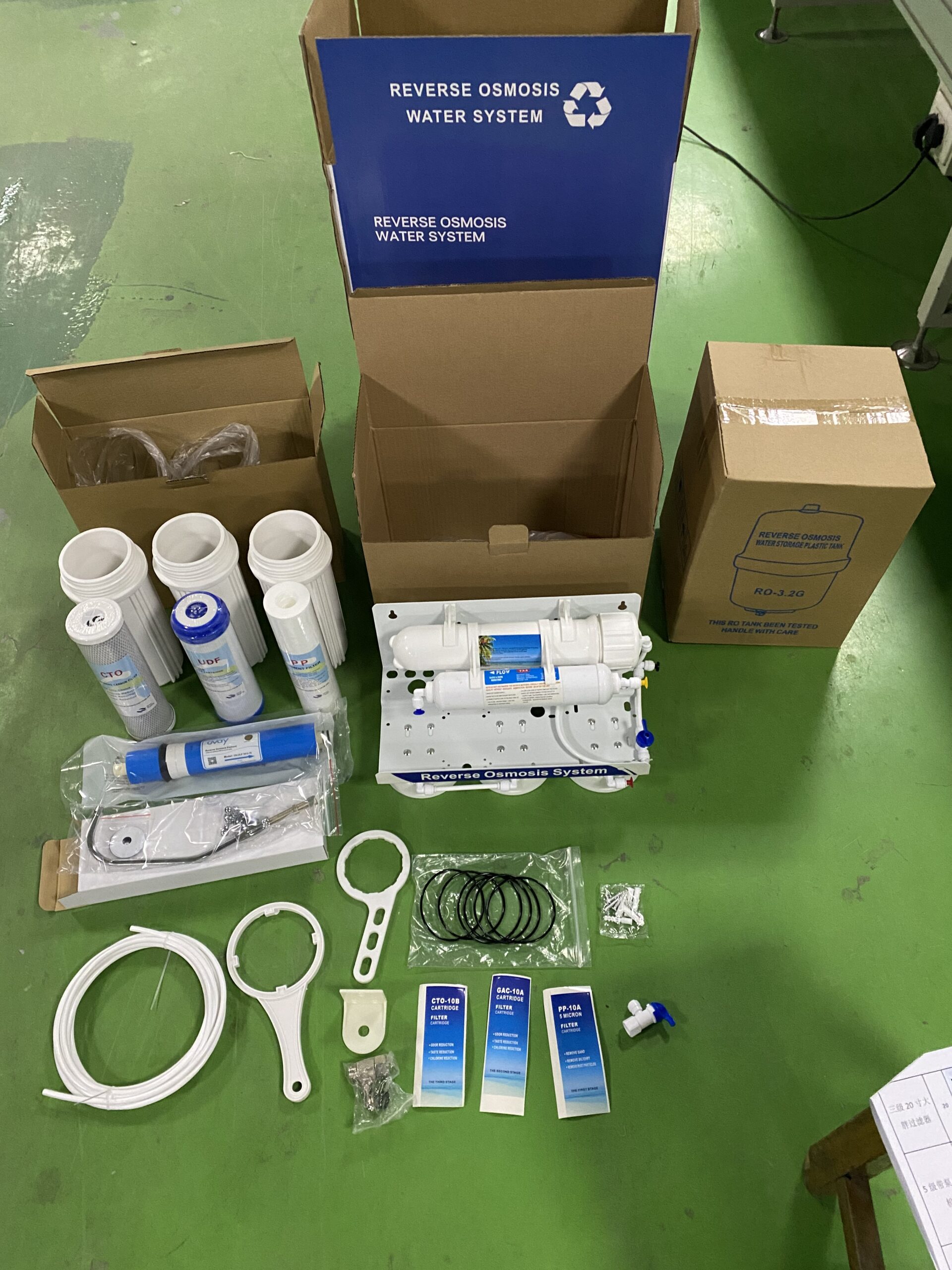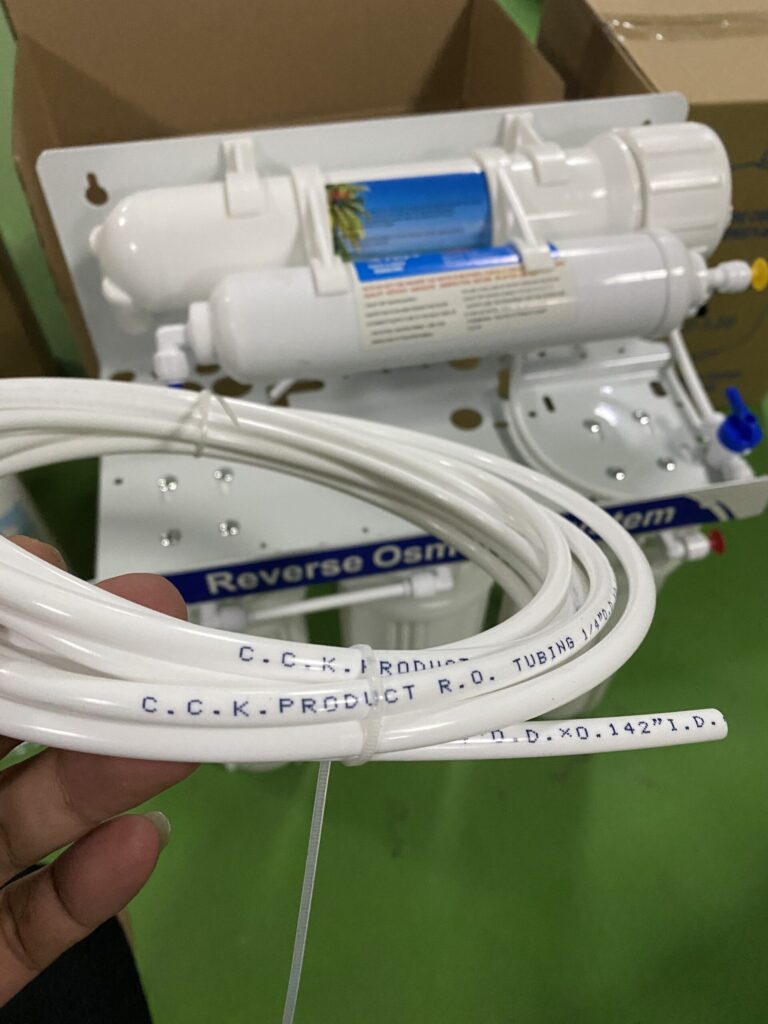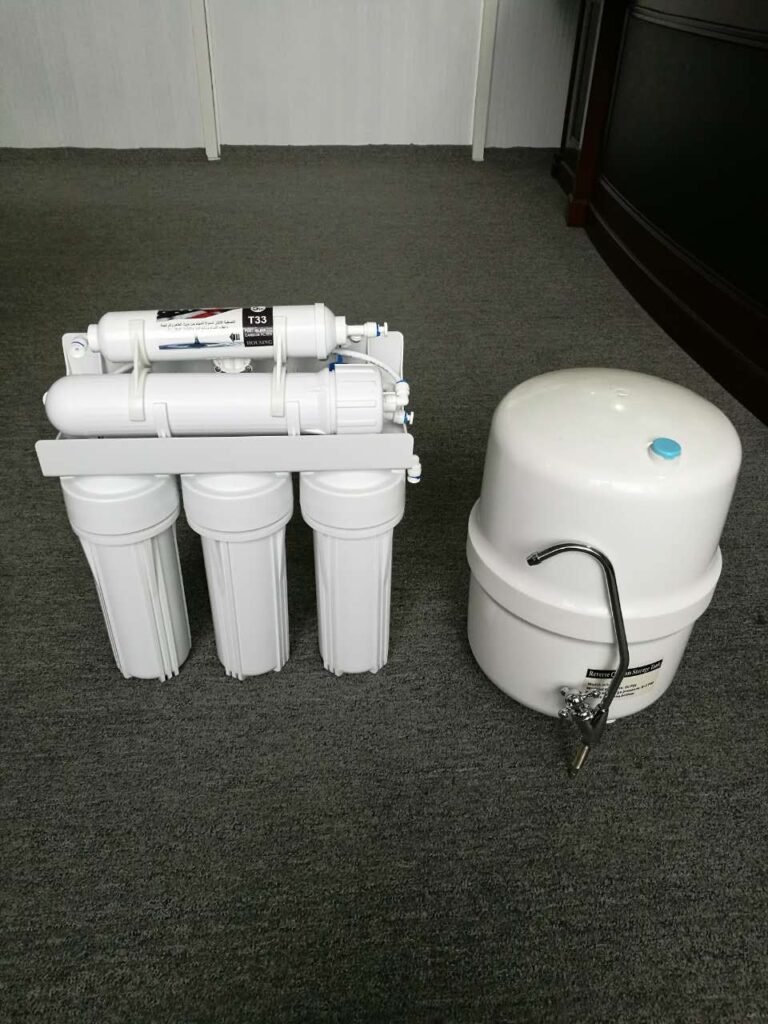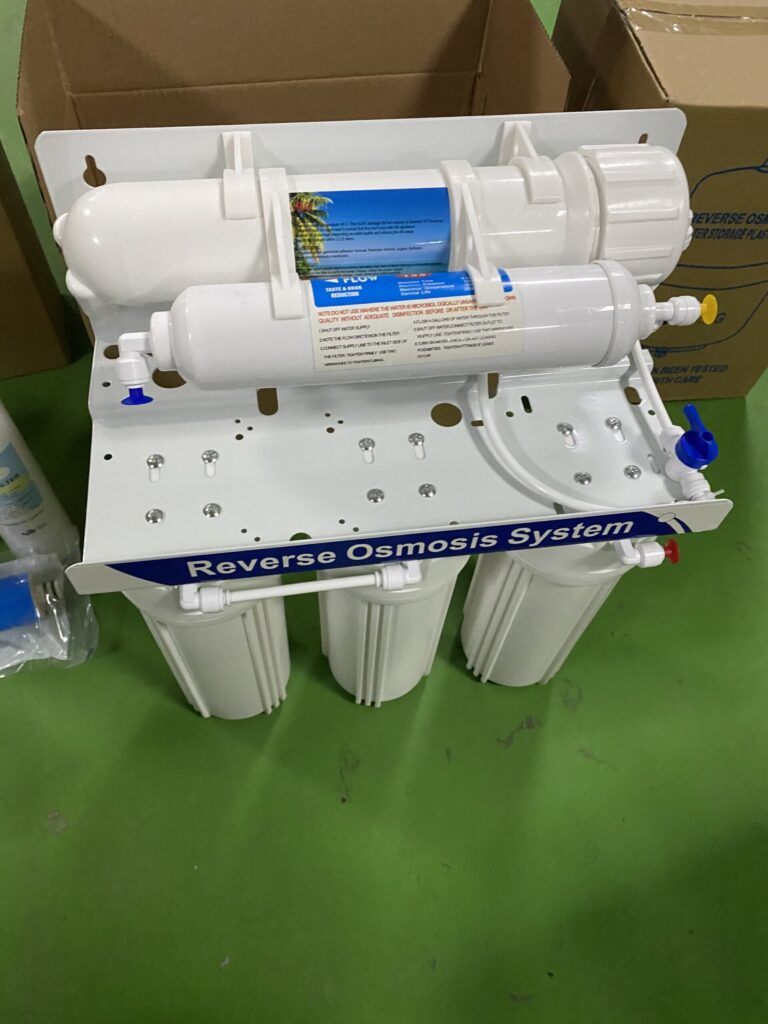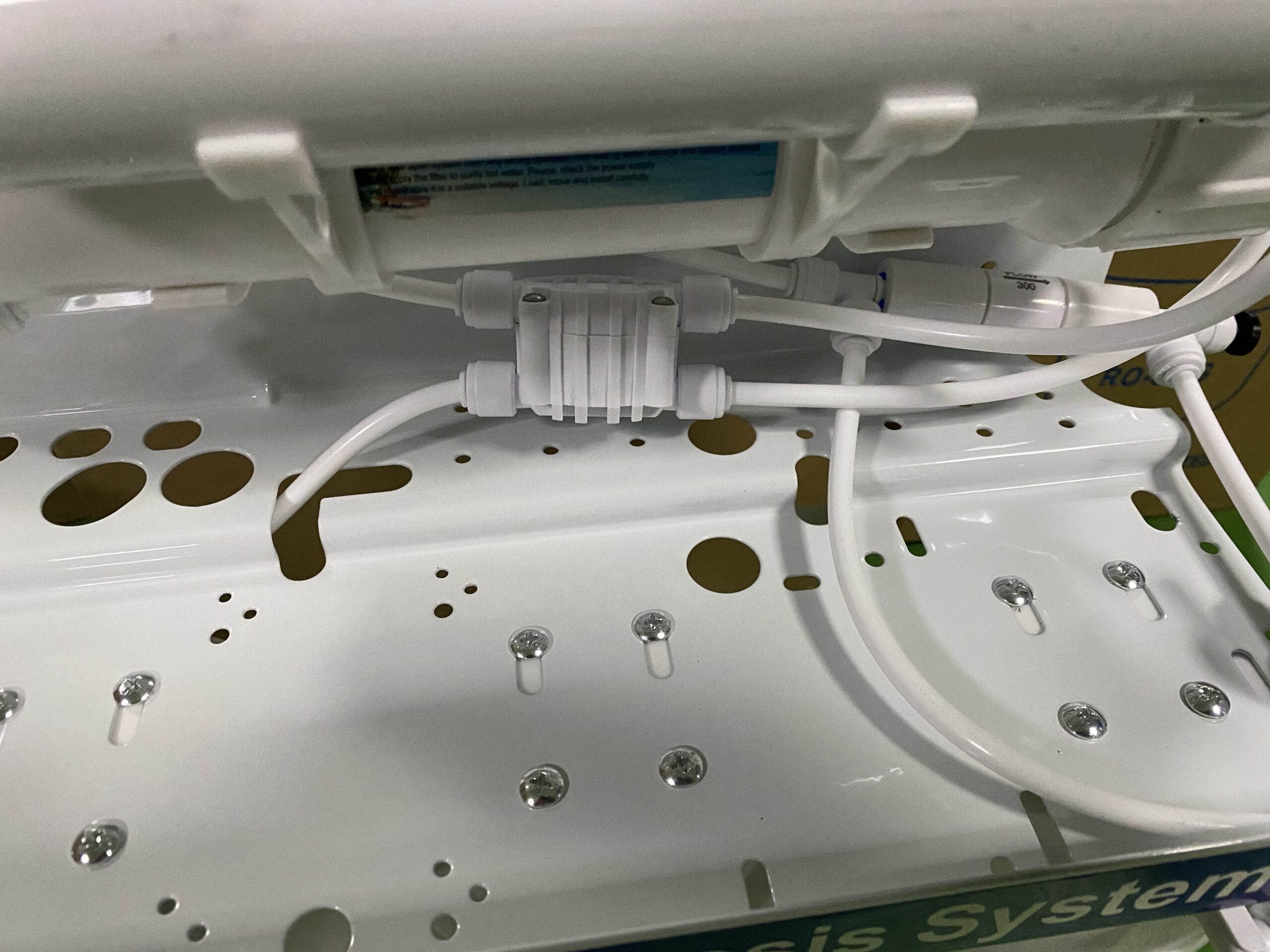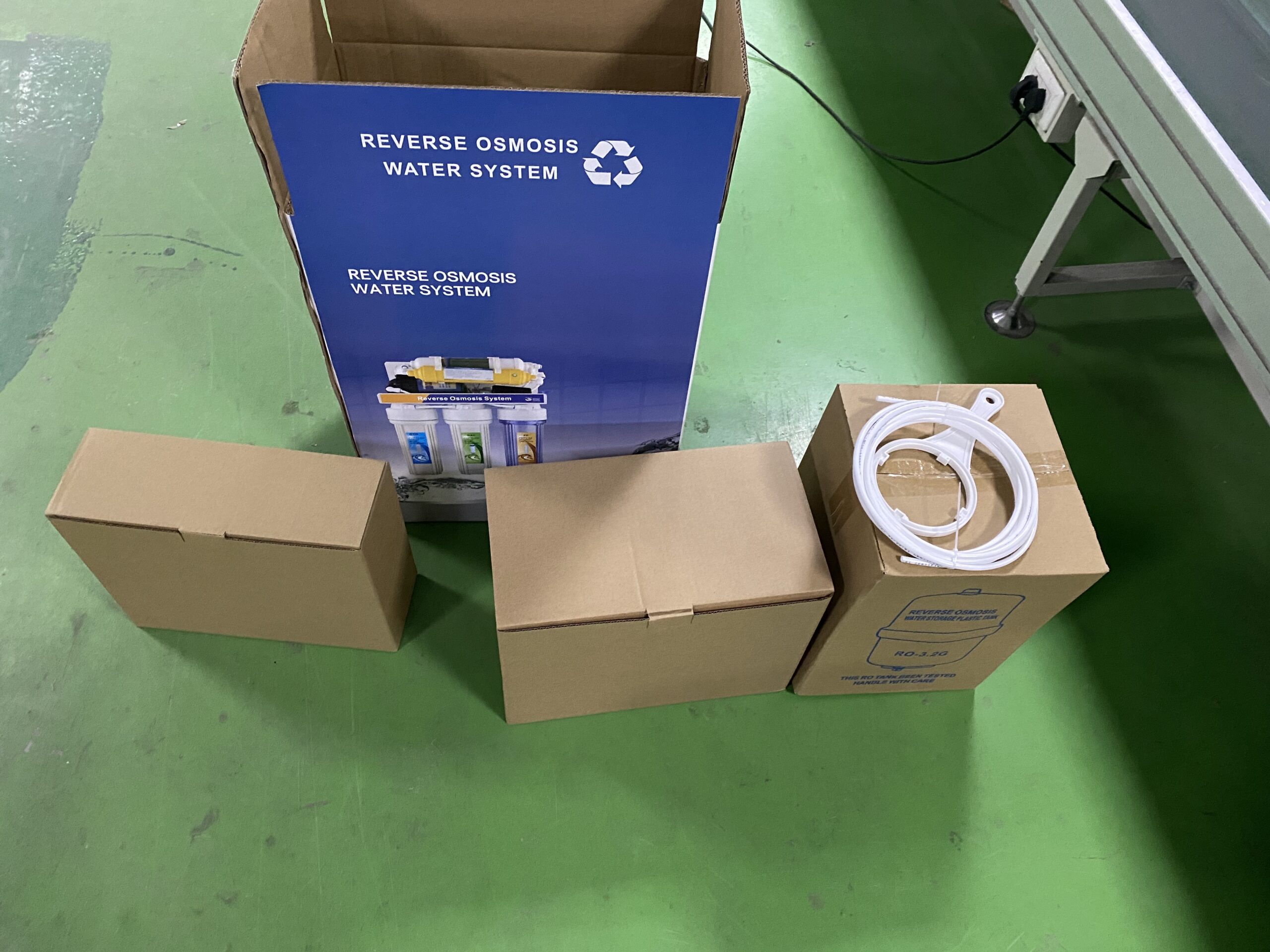reverse osmosis water filter under sink without pump

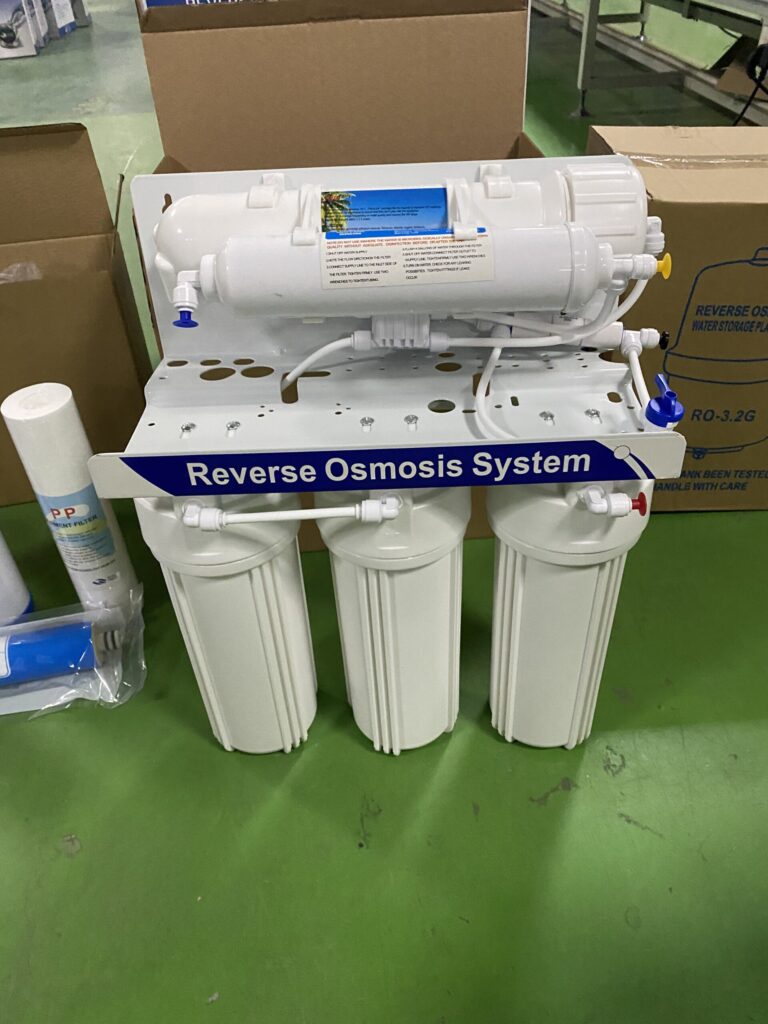


A reverse osmosis (RO) water filter system that is installed under the sink and does not use a pump is known as a gravity-fed reverse osmosis system. These systems rely on water pressure from the incoming water supply to push water through the RO membrane.
The process of reverse osmosis uses a semipermeable membrane that allows only water molecules to pass through, while rejecting dissolved impurities such as salts, heavy metals, and other dissolved solids. The water is pressurized by the incoming water supply and passed through the membrane, leaving the impurities behind.
A gravity-fed RO system typically includes several different stages of filtration. The first stage is a sediment filter that removes larger particles such as dirt and rust. The second stage is a carbon filter that removes chlorine and other dissolved impurities. The third stage is the RO membrane itself, which removes dissolved solids and other impurities.
The filtered water is then stored in a storage tank for later use. Some gravity-fed RO systems also include a final polishing stage, such as a UV light filter or a carbon filter, to further purify the water before it reaches the tap.
